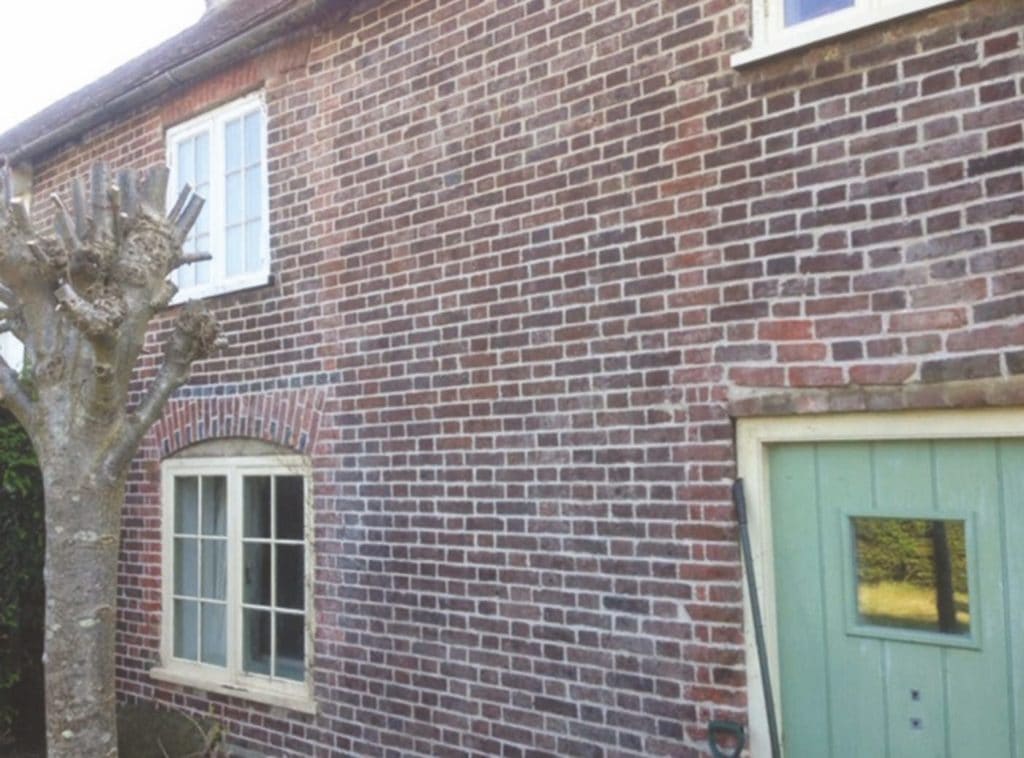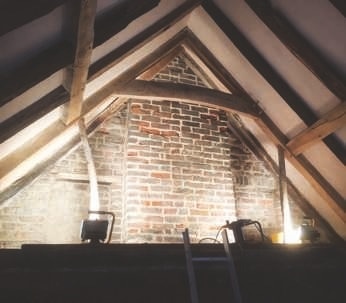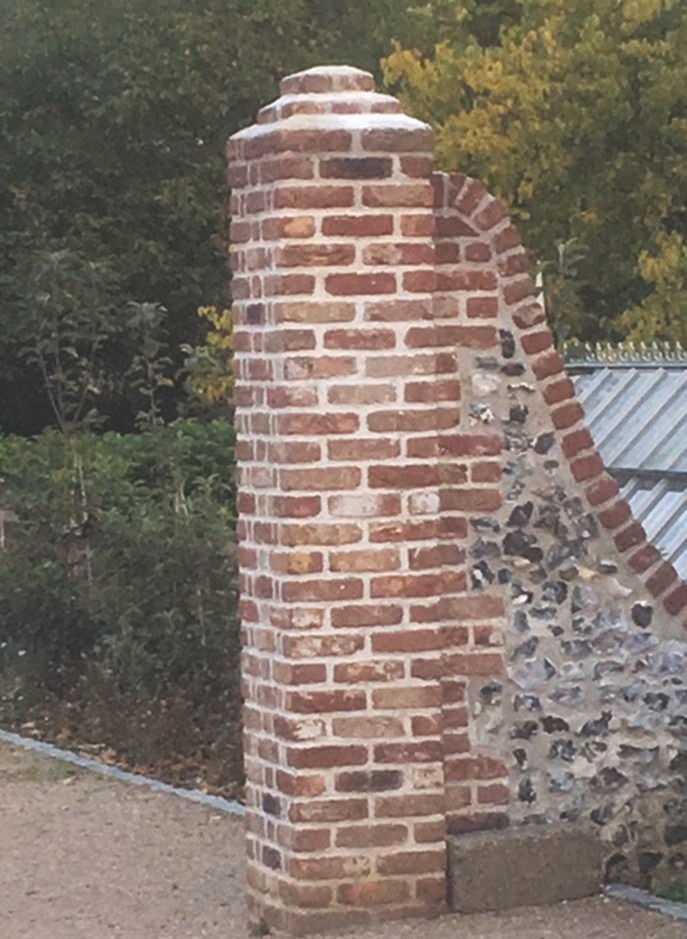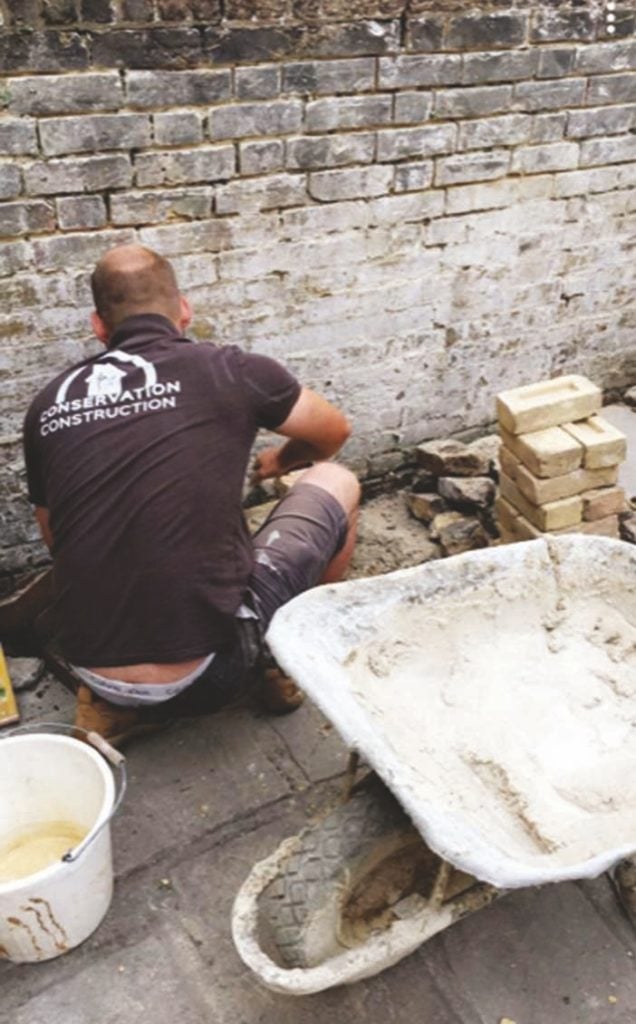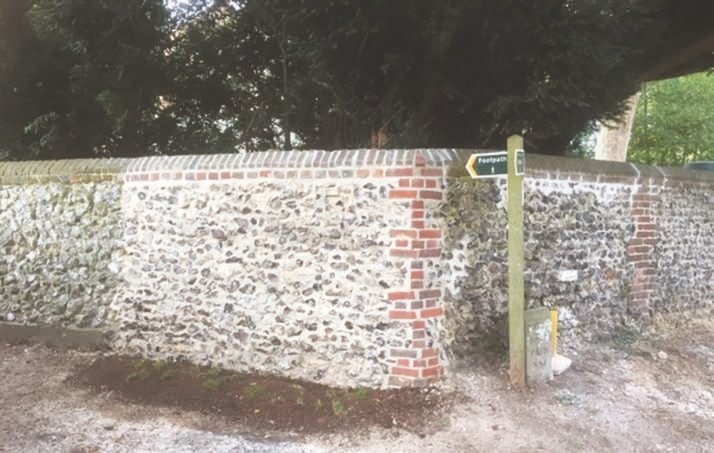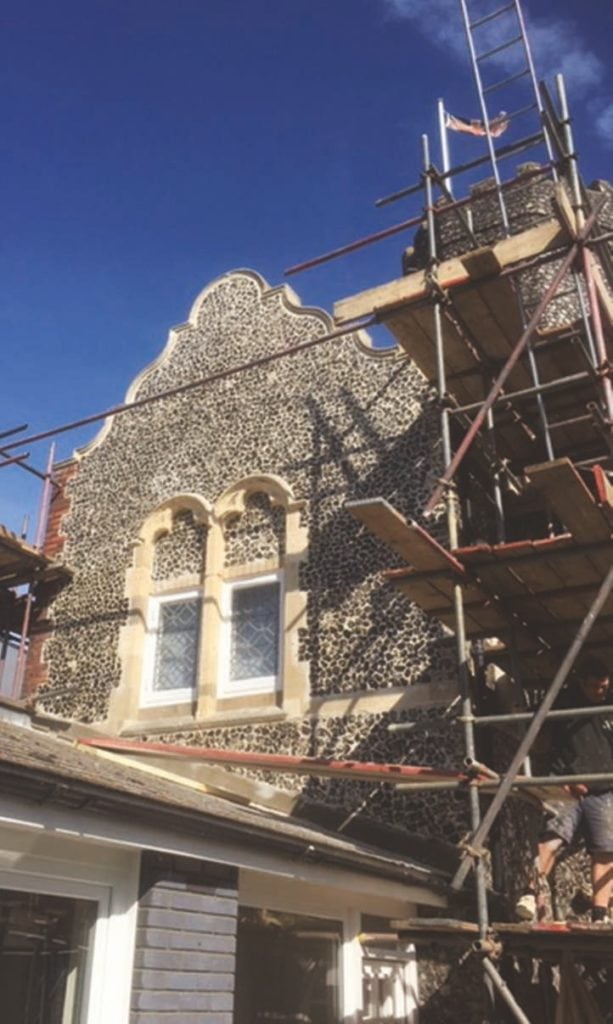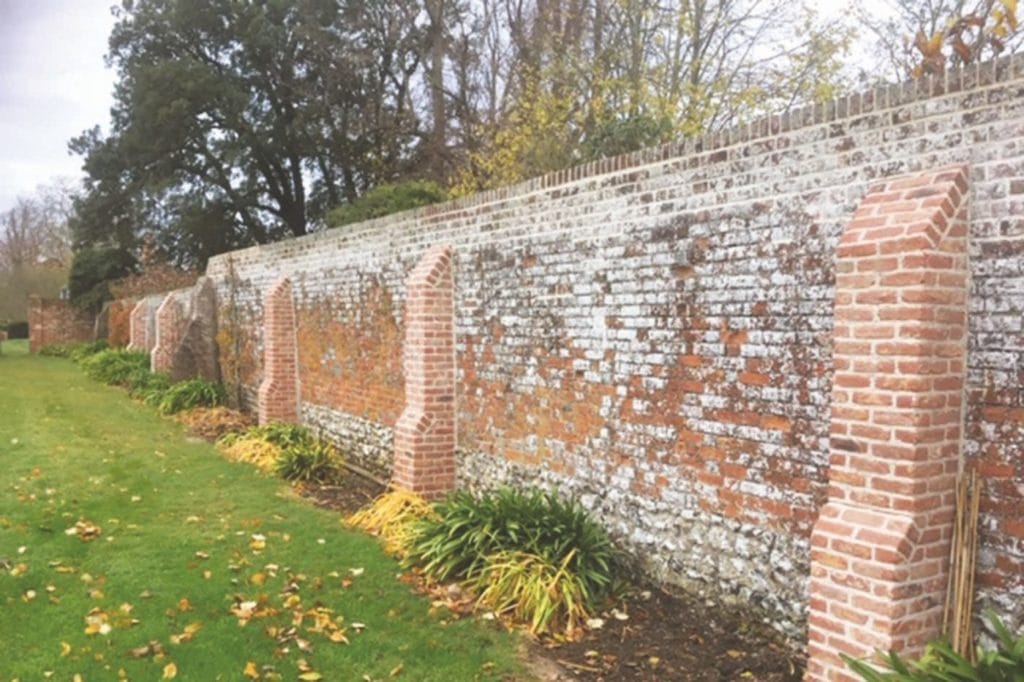Conservation in Action
We look at the work of Conservation Construction
“The walls around us bear witness to lives past and present.”
José Parla
When you first look at a period property the walls can sometimes be the last things to grab your attention, and yet they are such a fundamental part of the structure. We can overlook them, because we might be distracted by architectural details like a gorgeous doorway, feature windows, a pretty portico or even a picturesque setting. However, without the all-important walls you wouldn’t have anything to hold a building together, they enable it to stand fast against the elements, they anchor it firmly to the foundations, and keep it standing tall.
As an owner of a period property you take on the mantle of custodian and protector of a building, it’s your responsibility to ensure you live up to that role by ensuring you keep the property safe and sound for future generations. But when something as key as the walls start needing urgent care and attention, finding the right craftsperson that you can trust to carry out the work can be a minefield.
Probably not being an expert yourself, you can find yourself falling prey to builders who might be less of an expert than they are letting on. When it comes to using authentic materials and sympathetic repairs on a precious part of an ancient wall, they can talk the talk, but if they haven’t got the right skills and experience the results can be disastrous.
That’s where an expert in conservation construction, like Julian Linch comes to the rescue. He has learned his trade over many years. When he left school he went to college to learn bricklaying and also learnt to rebuild flint walls whilst working with his father. After finishing college he got a position as mason’s mate with Cathedral Works Organisation, which was at the time one of the country’s leading stone masonry firms, where he trained and qualified as a stone mason. He has built up his repertoire of professional skills and experience whilst working with various specialist construction companies on many prestigious projects, like the Tenterden Gate House, the Tower of London, Buckingham Palace, and has loved the work right from the word go. Nowadays Julian enjoys running his own company and is very much in demand using his expert knowledge and practical skills to help period property owners, in his words, ‘to repair and restore, but not replace’. This is the ethos he works to.
“It’s fascinating and exciting work to do, I have a great respect for the craftsmen who have gone before me, I often find I’m carefully unpicking the work they have done many years before. It’s the very best way to learn about how something was put together. I remember being called in to work on the tower of a folly, there was a bulge in the flint wall that the owner was worried would eventually compromise the structure. First off we called in a structural engineer, it’s always best to get the advice of a key professional before you do anything else. We worked out the best way to support the tower whilst removing flints to rebuild it. It’s nerve wracking, it’s as if you are carefully removing pieces of a Jenga puzzle, holding your breath and praying each piece you take out isn’t going to mean the whole thing collapses. Then the best bit is rebuilding by reusing and recycling the original stones, in this case flints, with the correct type of mortar. I often wonder who the craftsman was that did the original work so many years before, you get a strong sense of history in this line of work. I know many of them must be long gone – it adds a special significance to the work I do to rebuild it. I hope the work I’m doing will still be around in many years to come and that someone else may look at it and wonder who did the work with so much care and attention to detail.”
Not all of the work Julian does is careful reconstruction of beautifully carried out original craftsmen’s work though. Often he is called in to look at historical buildings that are in a woeful state and the cause isn’t due to wear and tear, or the passing of time. The problems frequently stem from misguided works to modernise them in the 60s and 70s.
All manner of mistakes have been made in the name of progress that turns out to have the opposite effect. A common problem is blocking airflow bricks under floors that inevitably cause obvious problems with damp. Another is using the incorrect and inflexible materials like sand and cement for pointing, that doesn’t allow the building to breathe and traps moisture inside the walls. And sadly, not all of the work that clients call him in to put right are from previous decades, but are much more recent bungled attempts to work on a property by ordinary jobbing builders who have tried and failed to carryout highly specialised skills, without the expert knowledge and appropriate materials.
“This type of ignorance can do untold damage to precious historic buildings and is sad to see, but it’s all part and parcel of the work that I do, and it keeps me busy, I thrive on the challenge of doing my best to put things right and to keep these lovely old buildings safe for many years to come.”
Julian Linch, Conservation Construction
07856 266795
Posted in: Property
